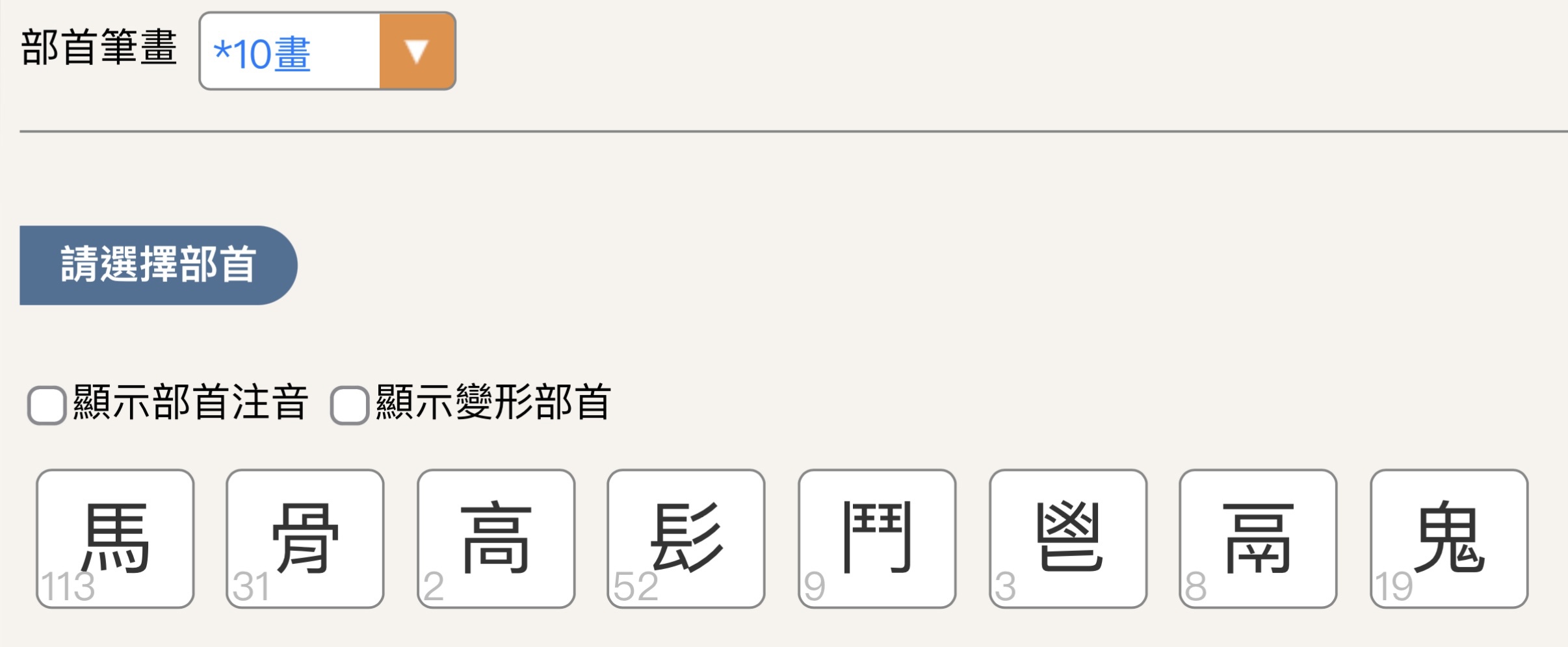「骨」字虽然没有简体、正体(繁体)之分,但在简体中文和繁体中文中,所展示的字形是不同的,其表现为在不同字体下的外观表象不同。如下,在 Word 里面并列打出它们,左边是 宋体(可以说是简体中文的常见、默认字体了),右边是 PMingLiU 字体(是 Word 中「『简』译『繁』」的默认字体,从而可以说是繁体中文的常见字体),最明显的区别是两个字的上面的开口方向不一样,从而导致书写不一样、笔画不一样等:
但是它们的编码是相同的(都是 U+9AA8),并且(从而(?))它们之间不存在正体、异体、简体、繁体之分。两个在不同语境(简体中文 对比 繁体中文 的展示载体在形式上表现为字体)下字形有差别(虽然不明显,但是原则上是有的)的字,为什么编码相同?
换言之(更一般的),Unicode 码处理类似于这种情况的原则是什么?语言的数字化出现这种情况,是历史原因,还是出于什么其他考虑呢?求教。
附注:如果这个问题不是特别适合在 Stack Exchange 的这个站点(Chinese Language)上提问(比如关联度不高等等),那么(在 Stack Exchange 上)有什么更适合提问的地方吗?
背景(可以忽略):
我是简体中文使用者。今天,我就「骨」字查字典(《辞源》),使用部首查字法(是我首次使用部首查字法查古汉字字典)。「骨」字的部首也是「骨」,于是我数了一下它的笔画,9 画,从而找 9 画 部首,但是始终找不到。我怀疑自己数错了,于是去网上(简体中文网页,比如这个)搜了它的笔画,发现我数的是没错的。可是我始终没搜到。
后来,我偶然发现它在 10 画 之列。我感觉真是咄咄怪事,细看发现这个字与我习见的「骨」字不同,具体而言,是这样,左边是作为简体中文使用者所常见的,右边是该字典中展现的:

再经过网络检索,我才知道,后者是繁体中文(字体)下的字形,虽然它们并没有简繁体之分,但是编码相同。










